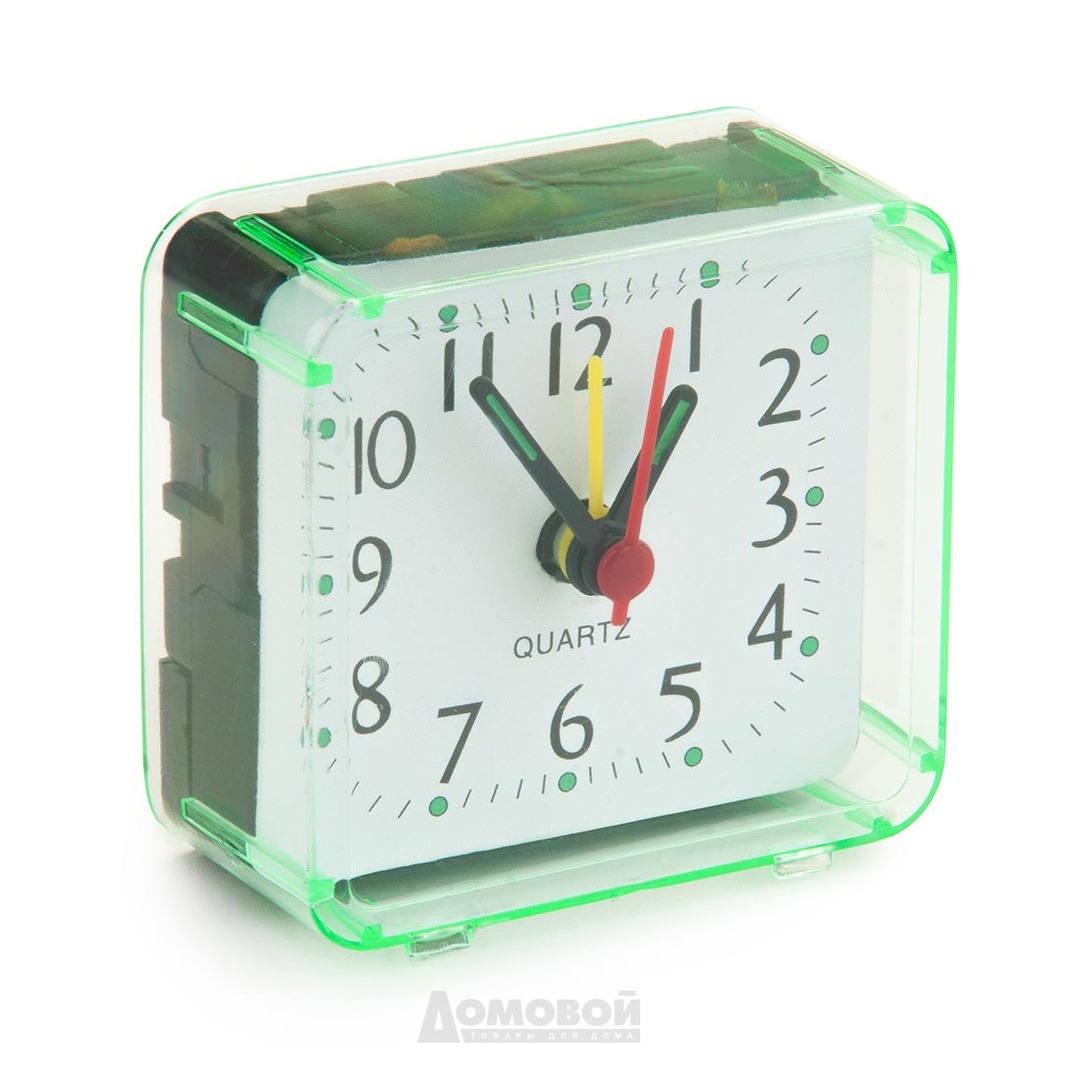Modern heating systems consist of a large number of different units, assemblies and components. Each element has its own purpose, with proper design and installation of all of them work as a single organism. Not the most complex in structure, but it is very important for the smooth running of the heating element-it is a check valve. It controls the flow of liquid or gas, it releases the pipeline in one direction only.
Check valve, its design, working principle and purpose
During operation of the heating system may appear regular or emergency situations in which the liquid to varying tube tries to flow back. This can occur when cooling or heating medium piping integrity violation. Such a situation may lead to unpleasant posledstviyam- the termination of heating to the failure of the boiler, and other system components. To prevent a change in the flow direction, use check valves. It does not prevent liquid flow in a predetermined direction, and when trying to reverse the flow conduit overlaps. heating system valves are driven by different forces:
- spring;
- the force of gravity;
- stream pressure.
Their executive organ-plate, bowl or petals at a flow circulation tight to the seat and does not move the fluid.

To all nodes operated in the set mode, the check valve for the heating system should create minimal resistance to flow in a predetermined direction, and as quickly as possible to operate during a turn flow.
Types of check valves
All kinds of devices are one and the same function, but may have different designs, different actuators and actuated by different physical principles.
Based on the design and actuation principle distinguishes such basic species such as
- disc or Belleville;
- ball;
- flap;
- bivalve.
Each type has its advantages and disadvantages and scope of precedence.
plate
The working body, or valve body is a disc attached to the spring-loaded stem. In normal flow direction of the fluid pressure spring is compressed and the shutter opens. As soon as the fluid pressure falls, or it tends to flow in the opposite direction, the spring expands and pushes the plate to the seat, and the valve closes.

On a plate (rezhe- on the saddle) placing a rubber or silicone gasket that provides maximum adherence to the seat disk and eliminating the leakage of fluid.

Such devices have gained popularity deserved design and configuration of household heating systems. They have such features as:
- The simplicity of the device. It consists of five parts and does not require high precision during manufacturing.
- Reliability. Owing to simplicity of construction such devices operate for years without replacement.
- They require no maintenance.
- prices available.
There are such devices and cons:
- The high flow resistance in open condition.
- Prone to loss of mineral deposits on the disc and the seat. This leads to failure.
- Low maintainability. If you violate the entire device is changed to a new one.
- When you open create a water hammer. It does not harm the device itself, but can accelerate the deterioration of other sensitive to dynamic loads of equipment, such as heat pumps.
There are special designs of disc valves, equipped with a smooth opening device. But they are much more expensive.
Ball or Gravity
In the gravitational non-return valve for heating systems primarily working body overlapping the water flow is a metal ball. To improve fit ball coated with a thin layer of resilient plastic or rubber. When the flow of fluid through the device goes in the desired direction, it is the strength of his pressure lifts the ball above the seat and opens the gap.

If flow pressure decreases or the direction of fluid flow is reversed, the ball under the influence of gravity falls on the saddle is pressed thereto and overlaps the lumen. The greater the fluid tries to flow in the reverse direction, the stronger and more reliable clamp overlap.
Advantages of this design are as follows:
- Low flow resistance is in the open position.
- Maximum reliability. The apparatus does not contain the friction elements and almost no wear in the open position.
- High maintainability. A removable cover allows easy cleaning chamber and the working elements of the device and to replace the ball if necessary.
By cons include such factors as:
- Large diameter.
- High operating pressure.
- The need for strict adherence to the installation orientation of the device. Otherwise, the ball will not rise and will not open the lumen.
High requirements of the installation and to the working pressure limit the use of such valves in home heating systems.
petalled
As used shutter plate steel or brass. It is attached to the spring-axis perpendicular to the direction of fluid motion

The principle of operation of the rotary valve is simple. When fluid flow in the main direction of the pressure force rotates the shutter by overcoming the spring resistance. If the pressure or flow circulation spring raises shutter across the pipe, blocking it. There design without a spring. They flap is returned to a seat beside gravity.
In such a structure has its advantages:
- Low price.
- Small pressure drop in the clear.
- High sensitivity and fast response time.
The disadvantages include the presence of moving and rubbing parts. This leads to their inevitable wear and repair or replacement.
Bivalve
Butterfly valves - a kind of flap their axis lies exactly in the middle of the pipe, and two half-disk-lobe may become along the flow, opening the shutter or under the action of springs positioned transversely flow blocking it.

Such valves have extremely fast response, but create a significant flow resistance. They are used in medium and large heating with high-pressure systems.
Lifting
The operating principle of the valve close to the disk, but differs from it in that the plate and the spring-loaded rod located not along and perpendicular to the flow of liquid.

Power flow pressure lifts the plate, the released lumen for fluid movement in a predetermined direction. If the pressure drop or flow attempts to reverse, the plate is lowered by a spring and is pressed against the seat, closing the lumen.
The advantages of this design include:
- Reliability is provided by a minimum number of moving parts and apparatus simplicity.
- Low sensitivity to fluid purity, both mechanical and chemical.
- Maintainability. After the top cover can be cleaned with the chamber and replace defective parts.
The disadvantage of the need to consider installation of strictly horizontal position. This makes it inapplicable valve to vertical piping segments. The design is suitable for systems with natural circulation.
application area.
Field of application of the different design yl determined by its combination of structural features, performance and installation requirements. Select fixtures for home heating systems are better with the help of qualified and experienced engineers able to carry out the necessary evaluation options and make calculations.
Also the internal device, the check valves also vary and method of joining the pipes.
coupling
Equipped with threaded couplings on both sides, mounted by means of threaded fittings. The device can deliver a master with minimal skills, but it can not withstand the high pressure.

Diameter rarely exceeds two inches (50 mm). Therefore, the use of the area is generally limited to butterfly valves in private homes and apartments.
flanged
On both sides of the body flanges are cast with openings. Similar flanges are welded to the pipeline, and through the gasket body is drawn bolts and nuts. Such a threaded connection significantly stronger and can withstand high pressures.
Scope of soedineniy- line medium and large diameter. The most popular steel ball valves.

Wafer
This method of attachment provides for the valve unit between two flanges welded to the pipeline.

The method is highly reliable and easy to install. Weight and dimensions of these devices is less than that of the flange. The mount can also withstand high pressure. It is used on the main pipelines
For enhanced reliability, the apparatus body include through holes through them and the two flanges are passed through the stud, on which both sides are tightened with nuts.
welded
Also produced and valves designed to weld. On both sides of them protrude tubes which during assembly can be cut to size and welded to the pipe line.
This type of permanent connection provides maximum strength, but in case of disassembly of the device have an additional piece of welded pipes. So available poppet valves and flap.
Material
The material of the shell shutter parts, affect its strength, corrosion resistance and durability:
- Stainless steel. Not susceptible to corrosion, can be used in active environments and at high temperatures. Used on pipes up to 40 cm in diameter. Characterized by high cost.
- Brass. Cheaper stainless steel, have a high corrosion resistance. Durability is much lower, but it is sufficient for household systems
- Cast iron. Olives from cast iron have a high strength and low price, but are large in size and weight. Used in places where the weight and size do not matter much. Due to the nature of casting technology, the minimum dimension of 4 cm. In private systems are not practically used.
- Plastic. Such products are cheap, but do not have a high durability and heat resistance. It is better to use devices with metal parts.

Despite the higher price of such valves, it makes sense to use them. They will provide significantly longer uptime and not force the system to disassemble for repair in the middle of the heating season.


